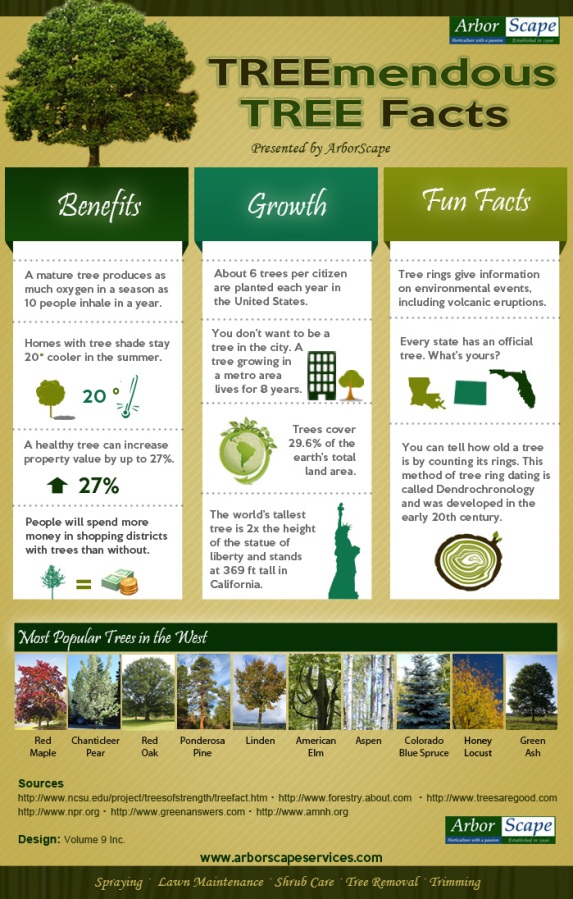Seasonal Tree Upkeep: Standards For Taking Care Of Trees Before And After They Are Eliminated
Seasonal Tree Upkeep: Standards For Taking Care Of Trees Before And After They Are Eliminated
Blog Article
Authored By-
When it concerns seasonal tree care, making sure correct monitoring before and after removal can dramatically influence the health and aesthetics of your landscape. By understanding the required steps involved in examining tree wellness and preparing for removal, you can proactively protect your residential property. However what about the vital methods to follow once the tree is gone? Keep tuned to find the important post-removal treatment steps that will aid you cultivate a thriving and lasting setting for your trees.
Pre-Removal Tree Treatment
Prior to resolving the elimination of a tree, it's vital to prioritize pre-removal tree treatment. Begin by evaluating the tree's wellness and architectural honesty. Look for signs of illness, insect infestations, or any type of architectural problems that might present a safety and security danger throughout elimination. It's vital to consult with a certified arborist to identify the most effective course of action.
Trimming dead or infected branches can prevent additional damage to the tree and make sure a smoother removal process.
Furthermore, take into consideration the ecological effect of eliminating the tree. Trees play a vital function in our environment, so planting a brand-new tree in a suitable place can assist balance out any kind of loss. Make certain that you have the needed licenses and approvals for tree removal, especially if the tree is secured by neighborhood regulations.
Seasonal Maintenance Tips
Examining your tree's requirements throughout the year is necessary for its health and wellness and long life. To keep your trees in top problem, follow these seasonal maintenance suggestions.
In https://homemadestumpgrinder16050.idblogz.com/31800877/standards-for-picking-the-ideal-tree-elimination-solution-to-satisfy-your-needs , focus on trimming to get rid of dead or damaged branches and motivate brand-new development.
Summertime requires normal watering, particularly during dry spells, to guarantee your tree stays hydrated.
As loss strategies, watch out for early indications of disease or stress and anxiety, and take into consideration applying compost to protect the roots throughout winter season.
In winter season, beware when getting rid of snow from branches to prevent damage, and continue to monitor your tree's general health and wellness.
Remember to change your treatment routine based upon the details needs of your tree species and regional environment. By remaining attentive and aggressive throughout the seasons, you can assist your trees grow and grow for several years to find.
Post-Removal Tree Treatment
To guarantee the health of your landscape even after tree elimination, appropriate post-removal treatment is necessary. After a tree is removed, it's crucial to fill the continuing to be hole with topsoil and portable it to stop settling. This will aid keep the stability of the ground and stop possible dangers in the future.
Take into consideration growing new plants in place of the removed tree to restore the equilibrium and aesthetics of your landscape. Regularly water the location to promote the development of new plants and prevent soil disintegration.
Inspect the bordering trees for any type of indications of illness or tension that may have been caused by the removed tree. Keep an eye out for insects that might've been drawn in to the previous tree and take preventive measures to safeguard the remaining plants.
If needed, speak with a professional arborist to evaluate the effect of the removal on the surrounding trees and figure out any type of extra treatment required. By complying with these post-removal treatment steps, you can make sure the continued health and appeal of your landscape.
property growth
In conclusion, aggressive seasonal tree care is crucial for keeping the wellness and balance of your landscape. By assessing tree wellness, pruning, and consulting with an arborist before elimination, you can ensure a risk-free procedure. After elimination, filling up the hole, planting brand-new greenery, and normal watering will advertise new development and stop erosion. Remember to inspect surrounding trees for illness and look for further treatment procedures from an arborist to maintain your landscape flourishing.
